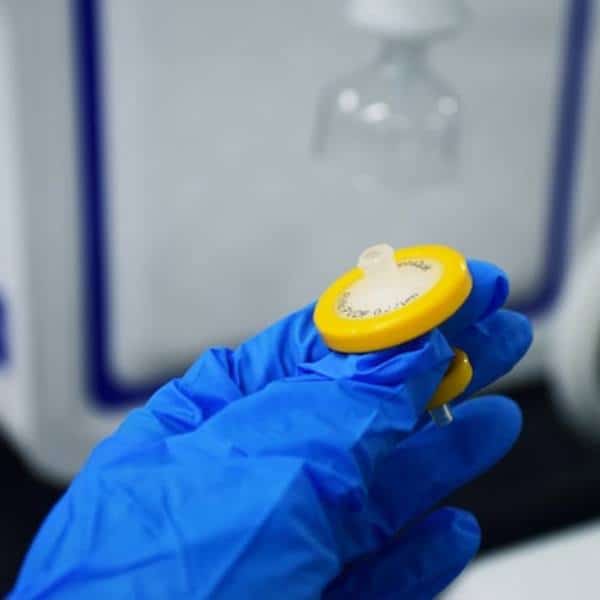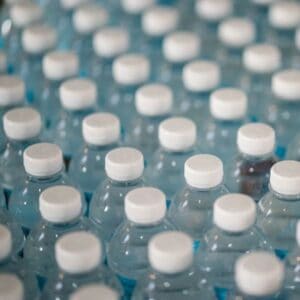What Is a Reverse Osmosis System?
A reverse osmosis (RO) system is a purification system that is used to purify water right from the point of entry. It works by pushing contaminated water through a semi-permeable membrane which is able to filter out various impurities from the water including PFAS (Per- and Polyfluoroalkyl Substances).
This type of filtration is often used to turn salty or brackish water into fresh and drinkable water, making it particularly useful in areas where potable sources are scarce. Reverse osmosis systems are also incredibly effective at removing pollutants and contaminants from tap water, potentially transforming it into higher quality, safer, and healthier drinking water – so much so that many restaurants have opted to use such systems for their service need!
Beyond just providing clean drinking water, the best whole house reverse osmosis system can also provide clean and unpolluted solutions for agriculture, fish farming, industrial production processes, and many more applications. Ultimately, reverse osmosis systems can help ensure that we all get access to cleaner sources of fresh water.
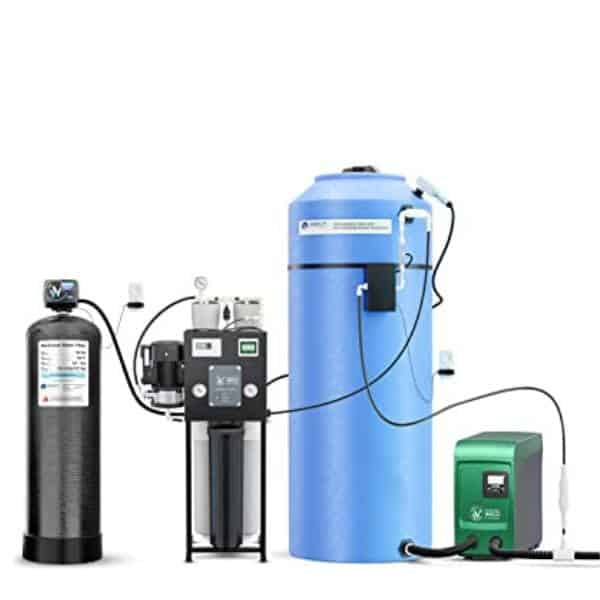
What Is PFAS?
PFAS (Per- and Polyfluoroalkyl Substances) is a group of chemicals that have become a growing concern in public drinking water. These synthetic compounds are found in everyday products like nonstick cookware, waterproof clothing, and food packaging.
Unfortunately, they don’t break down naturally, so they can make their way into the environment—including our drinking water supply.
Due to their properties, PFAS is often referred to as “forever chemicals” because of its persistence even after consumption. It accumulates in water bodies over time and can cause serious health risks when ingested for long periods. Evidence suggests that exposure to PFAS can lead to increased cholesterol levels, development problems in young children, and even certain types of cancer!
Does Reverse Osmosis Remove PFAS?
When it comes to drinking water, we all want to feel safe and secure. With PFAS contaminants prevalent in our local water supplies, however, it’s understandable that many are feeling anxious about contaminating what should be one of our primary sources of sustenance.
So does Reverse Osmosis (Ro) help protect against PFAS? The answer is a definite yes! Ro is an effective way of removing PFAS from water as it creates ‘osmotic pressure’, allowing clean molecules with low contaminants to pass through while bigger polluted molecules stay behind.
However, PFASs require special attention as they can go through even semi-permeable membranes like those used in Ro systems. Studies have shown that regularly maintained Ro systems could significantly reduce levels of PFAS compounds like PFOA and PFOS.
In addition, RO whole house systems won’t completely eradicate all traces of PFAS chemicals because some scientific studies have shown certain types may be too large to pass through the filters. But RO will reduce the concentration of this hazardous chemical significantly, making your tap water much safer to drink. Despite this limitation, experts say that reverse osmosis is still an excellent way to guard your family against these pollutants. However, before purchasing a system, you should consider pros and cons of RO water filters.
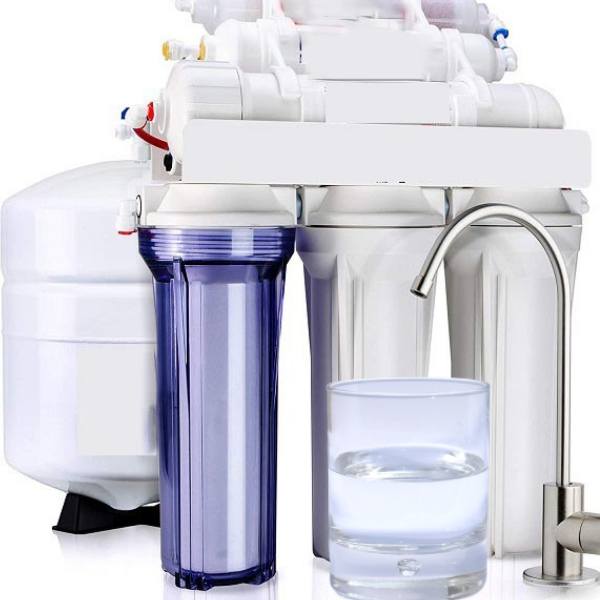
How Does Reverse Osmosis Remove PFAS In Drinking Water?
Reverse osmosis is increasingly used to remove toxic chemicals from drinking water, including PFAS (Per- and Polyfluoroalkyl Substances). These chemicals are found naturally in the environment. However, their presence in drinking water can be dangerous. Reverse osmosis uses a semipermeable membrane to filter out particles from drinking water that are larger than single molecules.
During this process, the pressure of the contaminated water causes it to flow through the RO membrane and clean, filtered water is collected on the other side. PFAS molecules are made up of several layers of carbon atoms bonded together and have an overall positive charge which attracts them to the negatively diminished sites of the membrane, effectively capturing them on one side of the barrier while allowing pure water to pass through on the other side.
Utilizing reverse osmosis or ion exchange treatment helps provide safe drinking water as it can remove more than 95% of negatively charged contaminants in untreated drinking water.
How Much Quantity Of PFAS Does a Reverse Osmosis Filter Out?
Reverse osmosis (RO) filters are widely used to remove PFAS contaminants and other unwanted substances from water. With so many industries and manufacturing processes relying on chemicals and products made with PFASs, these chemicals have been found in drinking water sources, so it is important to know the level of their removal when using an RO filter.
Generally speaking, reverse osmosis filters remove up to 99% of PFAS from your drinking water. However, this does depend on several factors, such as the system that you have for filtering out the contaminants and how much time you give for the filtration process to be completed.
To make sure you’re getting maximum protection from these potentially dangerous chemicals, it’s best to invest in RO water treatment facilities with several levels of filtration, preferably including granular activated carbon filters and ion exchange resins. These two materials have been found to be especially effective at trapping various kinds of PFASs. So if your primary concern is guaranteeing the highest quality and safety for your drinking water, investing in a multi-layered reverse osmosis filtration system may be your best bet!
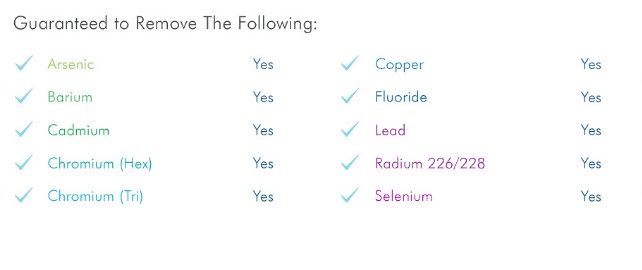
How To Test Your Water For PFAS?
Testing your water for PFAS is an important step in protecting the health of your family and community. Depending on where you live, different regulations and instructions may apply to testing your water.
- First, you should contact your local utility provider or health agency for specific guidelines. Generally speaking, though, a certified lab can be commissioned to perform a water test for PFAS.
- Be sure to provide filtered water samples from all sources of water that you use, and make sure that the sample meets any specific requirements determined by the lab.
- After collection, the sample must be shipped to the testing center as soon as possible and without freezing, which can interfere with accurate results.
- Typically, results can be expected within 1-2 weeks after submission and will identify any concentrations of PFAS present in tested water sources.
It’s worth noting that even after receiving test results, many municipalities take subsequent action to ensure higher quality control standards are met to further protect residents from any potential harm mediated by unsafe levels of PFAS present in water supplies.
Negative Effects Of PFAS On Our Health
PFAS, or perfluoroalkyl and poly-fluoroalkyl substances, are extremely harmful chemicals that have been found in a variety of products, such as insulation, food packaging, nonstick cookware, clothing, firefighting foam, and other everyday items. Unfortunately, exposure to these chemicals has been linked to severe health concerns.
Studies show that exposure to PFAS can lead to developmental issues during pregnancy – including lower birth weight – and reduced immunity. Not only that, but because they are resistant to water and temperature change, they can persist in our environment for extended periods – allowing them to accumulate in our bodies.
The result? Higher concentrations of these potentially dangerous compounds are in our bloodstream. This can increase our risk for cancer, thyroid diseases, and even liver damage.
If you think that you have been exposed or are experiencing any strange symptoms after being in contact with these substances, speak with your doctor right away or seek immediate medical attention.

What Else Does a Reverse Osmosis Remove In Our Drinking Water?
In addition to removing PFAS, sediment or point-of-use filters are also proficient at removing other contaminants such as chlorine, lead, and sediment from drinking water. It can even remove nitrates, often found in agricultural runoff and can cause various health problems if ingested. The filtration process traps the pollutants on a semipermeable membrane, meaning you can enjoy safe and clean-tasting water for years to come.
Overall, investing in drinking water technologies, including a whole system or sink reverse osmosis filter, is an excellent way to ensure your drinking water is safe and free of contaminants. If you’re looking for the best option, look for one with multiple stages of filtration – this will give you the most comprehensive protection against PFAS and other pollutants. With a properly maintained whole or under-sink reverse osmosis system in place, you can rest easy knowing that your drinking water is safe and pure for reproductive and developmental health.
The Bottom Line
When it comes to the safety of your drinking water, Reverse Osmosis is one of the best solutions available. It not only removes PFAS from your drinking water but also other contaminants that could be potentially harmful. Investing in a quality system with multiple levels of filtration can give you peace of mind and access to clean, safe drinking water for years to come.
Be sure to follow all local regulations and consult a certified lab for specific guidelines when testing your water supply for PFAS. Taking these steps now can help ensure that you and your loved ones have access to high-quality drinking water in the future.
